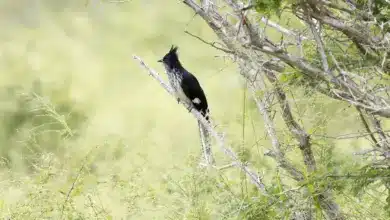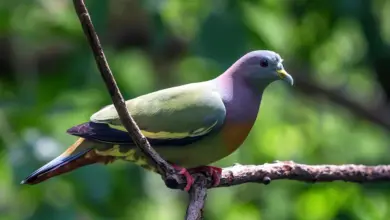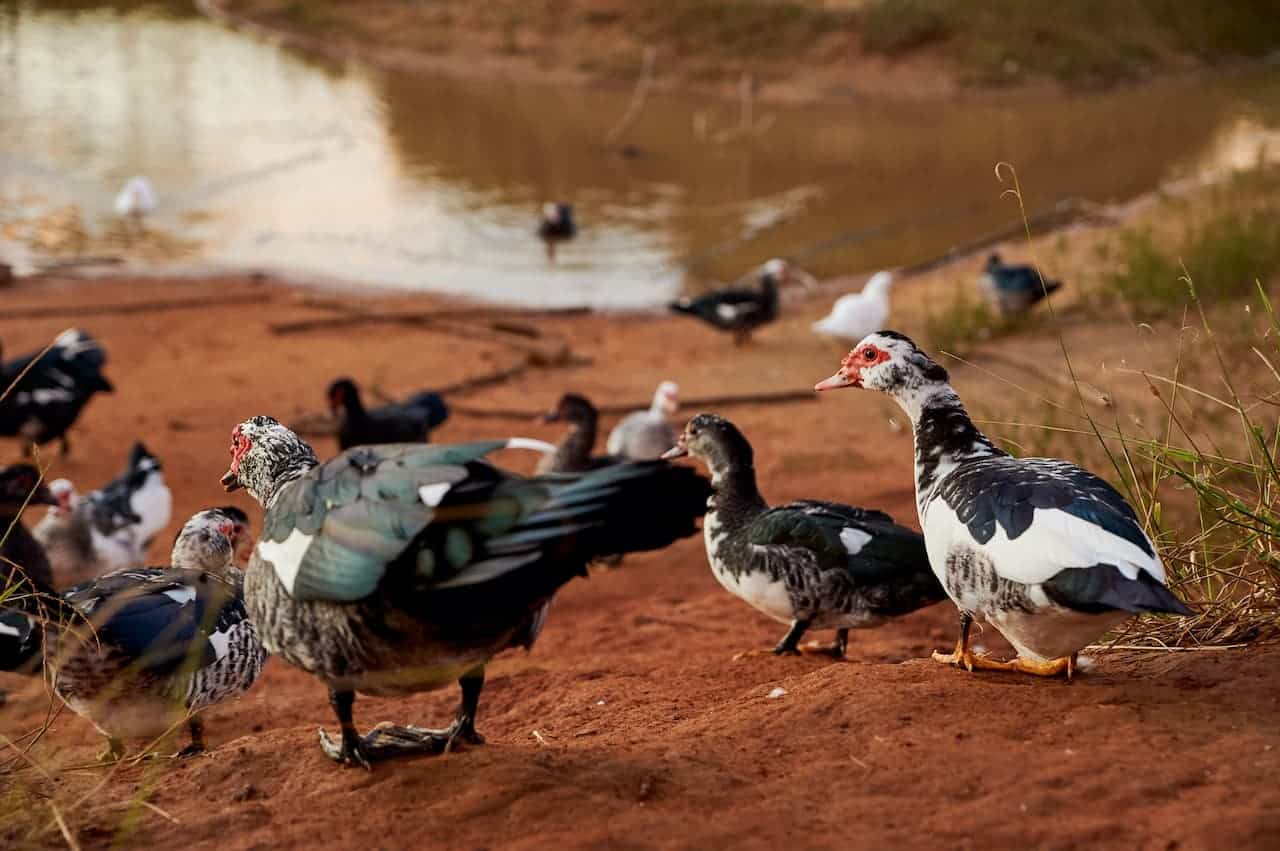Black-faced Cuckooshrikes
The Black-faced Cuckooshrikes (Coracina novaehollandiae), also called a large cuckoo-shrike, is a common bird in the Indian subcontinent (except Pakistan and NW India), Australia and the Solomon Islands. It has a protected status in Australia, under the National Parks and Wildlife Act, 1974.
They are widely distributed in almost any wooded habitat throughout the area, except in rainforests. But they can also occur in urban areas and are a fairly common site on powerlines in Australian cities such as Sydney and Perth.
Some may be partially migratory or may remain in the same territory. The lack of significant differences between regional populations in Australia makes it difficult to determine where populations move in winter.
Description:
These cuckoo-shrikes have a prominent black face and throat, gray plumage, white underparts, and a somewhat hooked bill. The size varies between 32 cm and 34 cm. They are slow-moving, inconspicuous birds, with a shrill, screaming call, sounding like “creearck”
Diet / Feeding:
The diet consists of insects, their larvae, caterpillars, or other invertebrates animals without internal skeletons, such as insects, larvae, earthworms, millipedes, snails, and spiders). These may be caught in flight, or caught when searching through the foliage. In addition, some fruits and seeds are also eaten.
Breeding / Nesting:
The breeding season usually commences in August and continues until February.
Both parents build a rather small nest.
The fledglings leave the nest after about three weeks of hatching. They look like the adults, except the black facial mask is reduced to an eye stripe.
Outside the breeding season, these cuckoo-shrikes are usually seen in flocks of up to a hundred birds.




